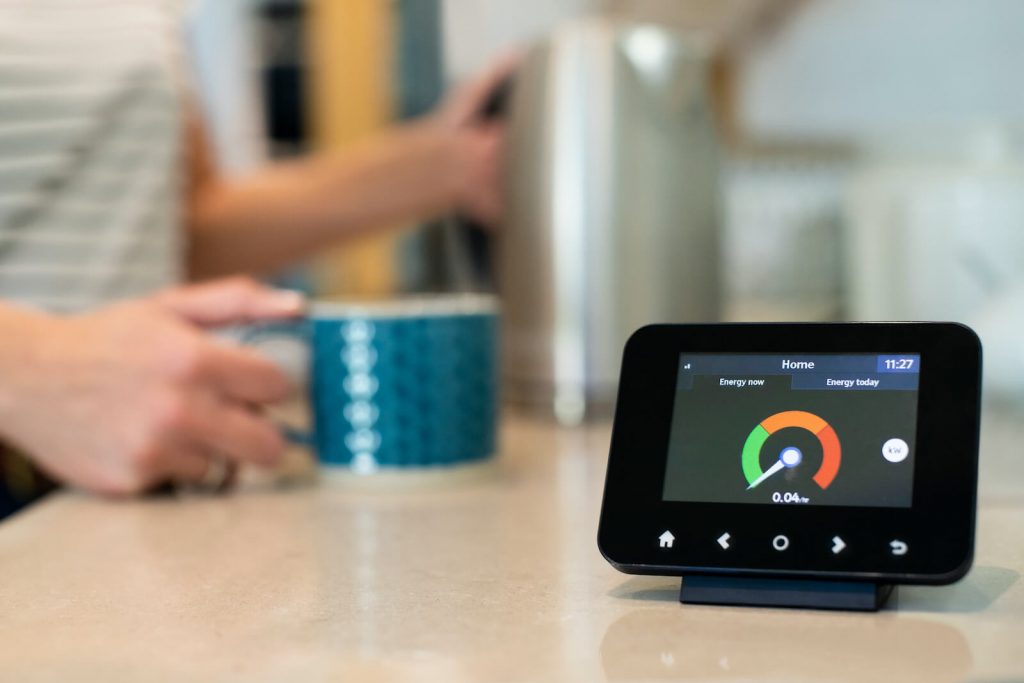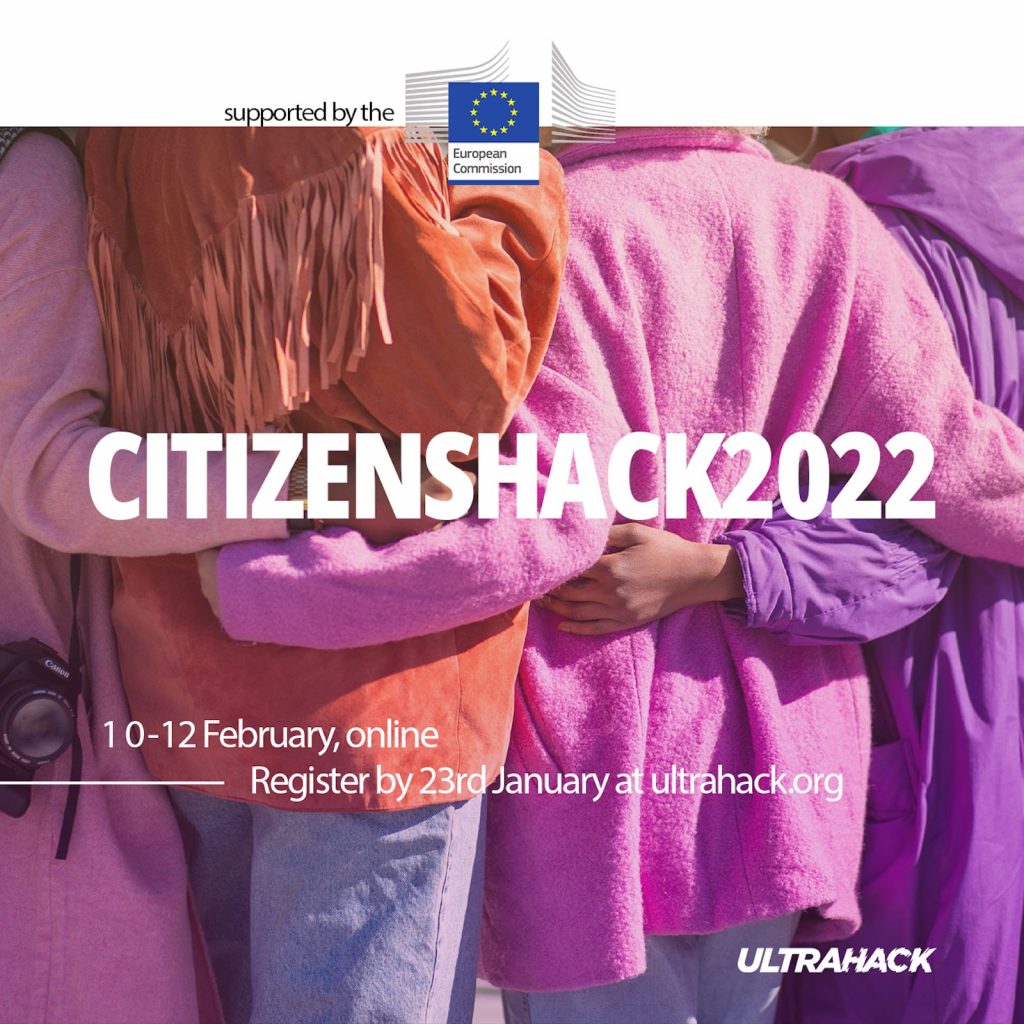Cities across Europe are looking for new ways to combat worrying air quality levels. CitiMeasure has repeatedly highlighted the power of people to help mitigate air pollution. At one point or another, however, every citizen-based initiative faces the following question: Where is the money going to come from?
Finding funding
CitiAIR is a comparability tool for participatory air quality monitoring. A glimpse into its database allows us to better understand the most common funding options. What lessons can we draw from the 46 funding stories?*
1) Participate in European Union calls
The majority of CitiAIR projects are funded – fully (11) or partially (9) – by the European Union. There are different reasons for this.
One is that the EU regularly publishes funding calls aimed at strengthening citizen participation. Among the biggest sources of funding is Horizon Europe, the EU research and innovation framework programme. In its Widening participation and strengthening the European Research Area plan, multiple requests for proposal on citizen science projects and air quality monitoring are included.
Another is that the CitiAIR initiatives with the largest budgets are almost all EU-backed. Most range between €1,000,000 and €5,000,000. Some projects such as DivAirCity, ClairCity, or Cairgo Bike even exceed the €5,000,000 value.
2) Keep an eye out for regional funding programmes
Though typically smaller in size, municipality grants can be a great source of funding. Ten CitiAIR members have used such grants for implementing their ideas. Most municipality grants range from €5,000 to €50,000. Sometimes, as was the case with CurieuzenAir or Les Chercheurs D’air in Brussels, these grants are combined with private funding to allow for greater reach and participation.
But little budget does not equal little impact. Within the municipality-funded Snuffelfiets project, for instance, bikes of citizens were equipped with lower-cost sensors to collect air quality data in Utrecht. The initiative not only improved the understanding of current needs, but also helped better predict future mobility behaviour.
3) Develop relationships with local citizen science offices, universities, or research institutions
Institutions play a crucial role in supporting citizen-based air quality monitoring. Private programmes, which are not backed by an external party, usually run on low budgets. Three such CitiAIR initiatives exist, and none of their budgets exceeds the €5,000 mark.
Universities and research institutions sometimes have citizen science offices that can assist project initiators in both their funding efforts and final application. Cities, too, have started to establish dedicated citizen science offices – examples include the Barcelona Citizen Science Office or CityLab010 in Rotterdam which brought to life Stadslab Luchtkwaliteit. For project facilitators eager to push for greater citizen engagement in institutions, TIME4CS is a great first point of contact.
Funding for participatory air quality monitoring, then, is perhaps more readily available than often assumed. With governments increasingly recognising the importance of citizen engagement, we can only hope that more diverse funding opportunities will multiply in years to come.
—————————
The final CitiMeasure event was held on 16 May 2023. A recording is available here.
*The CitiAIR inventory is one of three final CitiMeasure outputs. Initiatives can be added here.




